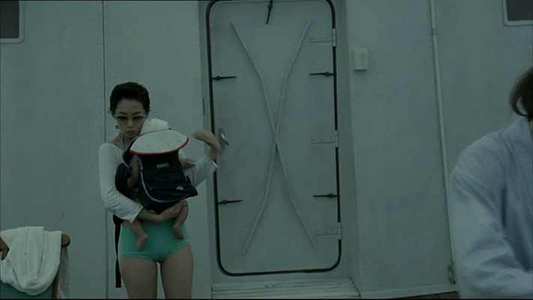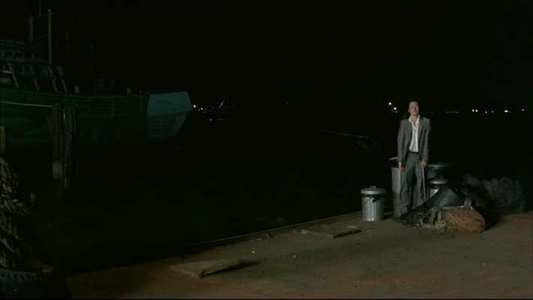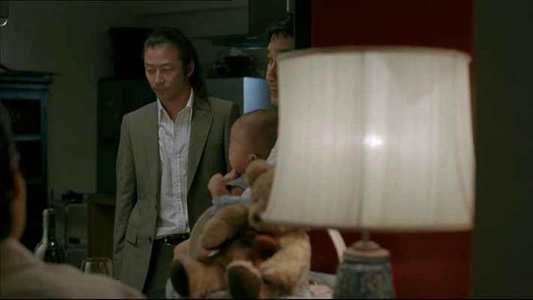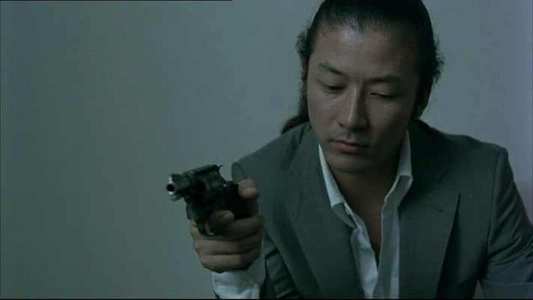Review of Invisible Waves
Introduction
Kyoji, a Japanese chef working in a Hong Kong restaurant, is found to be having an affair with his boss` wife. The boss, a small-time gangster, instructs Kyoji to kill her in order to make amends with him. With the deed weighing heavily on his mind, Kyoji makes his way to f***et, Thailand where a new life has been promised to him. But after a string of unfortunate circumstances, the mild-mannered chef finds himself destitute, penniless and far from home with nowhere to turn for help. To make matters worse, he`s about to be betrayed by those he trusted, and not even frequent chance encounters with beautiful single mother Noi can make Kyoji`s week get any better.
`Invisible Waves` is the fifth feature from Thai director Pen-Ek Ratanaruang. Shot with most of the sparse dialogue spoken in English between an Asian cast of varying nationalities, it was Thailand`s selection for the Academy Award for Best Foreign Language Film in 2007. Thankfully, the Academy aren`t too pedantic when it comes to the rules.
The DVD is on release now from Tartan.

Video
The anamorphic 1.85:1 transfer varies between competent and disappointing, which in some circles (ie, mine), is referred to as a `typical Tartan`. While it`s surprisingly free from noise or grain, the boys in the edge enhancement department have been putting the hours in to make sure the transfer suffers from the halo effect during scenes backdropped by light colours. Of a more irksome nature is that there`s a very dull look to the transfer. Whites often look grey, and blacks can even look green at times. While I did wonder if this was perhaps through a poor use of lighting during filming, the fact that Christopher Doyle - Kar Wai Wong`s talented cinematographer on the likes of `2046` and `In The Mood For Love` - was on duty here points to the greyness of the transfer being just that - the transfer. But perhaps the worst thing here is the blotchy, red and green solarisation/colour seep effect frequently seen cast on pale walls and skintone which often uglifies the frame to no end.

Audio
Dolby Digital 5.1, DTS 5.1 and Dolby Digital Stereo 2.0 are the options, and with this being a dialogue-centric piece, the surround tracks are completely unnecessary. While they both offer a clearer and significantly louder aural experience than the stereo mix, any scoring and effects are kept to an absolute minimum throughout and directional implementation is non-existent, somewhat disguising the fact that Tartan surround mixes on even the heaviest tracks are normally awful.

Features
Straight-forward EPK stuff only. A selection of interviews with the director, writer and cinematographer are worth a gander, while the making off is interesting in the way it attempts to ape the style of the feature itself, although offers little in the way of revelations. Aside from that, there`s a trailer.

Conclusion
Despite the synopsis including phrases like `gangster`, `kill` and `betrayal`, anyone looking for anything approaching an action movie, or even a crime thriller, will be bitterly disappointed. During its entire runtime, I was constantly reminded of Jun Ichikawa`s `Tony Takitani` which I reviewed last year. Both films share the same minimalistic approach to direction, with painstakingly meticulous framing, off-kilter shots and a snail pace more concerned with the introverted examination of a sole character than exposition or plot development. But while `Tony Takitani` had its heart and soul in probing the loneliness and alienation of modern Japanese culture from the inside, `Invisible Waves` delivers the morality tale of a man forced to suffer at the hands of his own sins, whether it be fate or something more earthly directing the orchestra of agony.
Yes, the film is slow. Painfully slow in places. In fact, you could probably nip off for a cup of tea and leave the film running and upon your return, the same scene would be playing out, with little in the way of development. At times, frames hang for far too long, and there`s an entire section of the film - Kyoji`s cruise from Hong Kong to f***et - in which the minutes are filled with seemingly pointless events; washing, dressing, wandering around the lonely decks of the ship. It`s at this point that even the most hardened art-house fan might turn the film off, damning it as nothing more than a shallow ego-piece, an exercise in banal pretension from a film-maker who`s watched one too many Lars von Trier flicks. But then you`d be missing the best bits.
Once you get over the sagging somewhere around the half-hour mark, the film becomes a much more engaging watch. As Kyoji interacts with others, he becomes a much more amiable person, and despite his actions at the film`s opening, you can`t help but warm to him; much of this is down to the subtly astonishing way Tadanobu Asano plays the role; a mixture or vulnerability and humility. `Invisible Waves` reaches its climax after almost two hours of what some people might call plodding (a term I`ve used myself in the past) and unlike other parts of the film, it doesn`t disappoint. The lasting impression with the film is that it`s a thoroughly lovely mood piece, one where you have to be in the frame of mind for more than just a film, but an experience. While the DVD itself is less than stellar and whether the film lends itself to repeat viewings is yet to reveal itself, one viewing alone can only be considered nothing short of rewarding. Okay, so interesting, followed by mildly boring, then engrossing and eventually rewarding. Nothing good in life ever came easy.
Your Opinions and Comments
Be the first to post a comment!